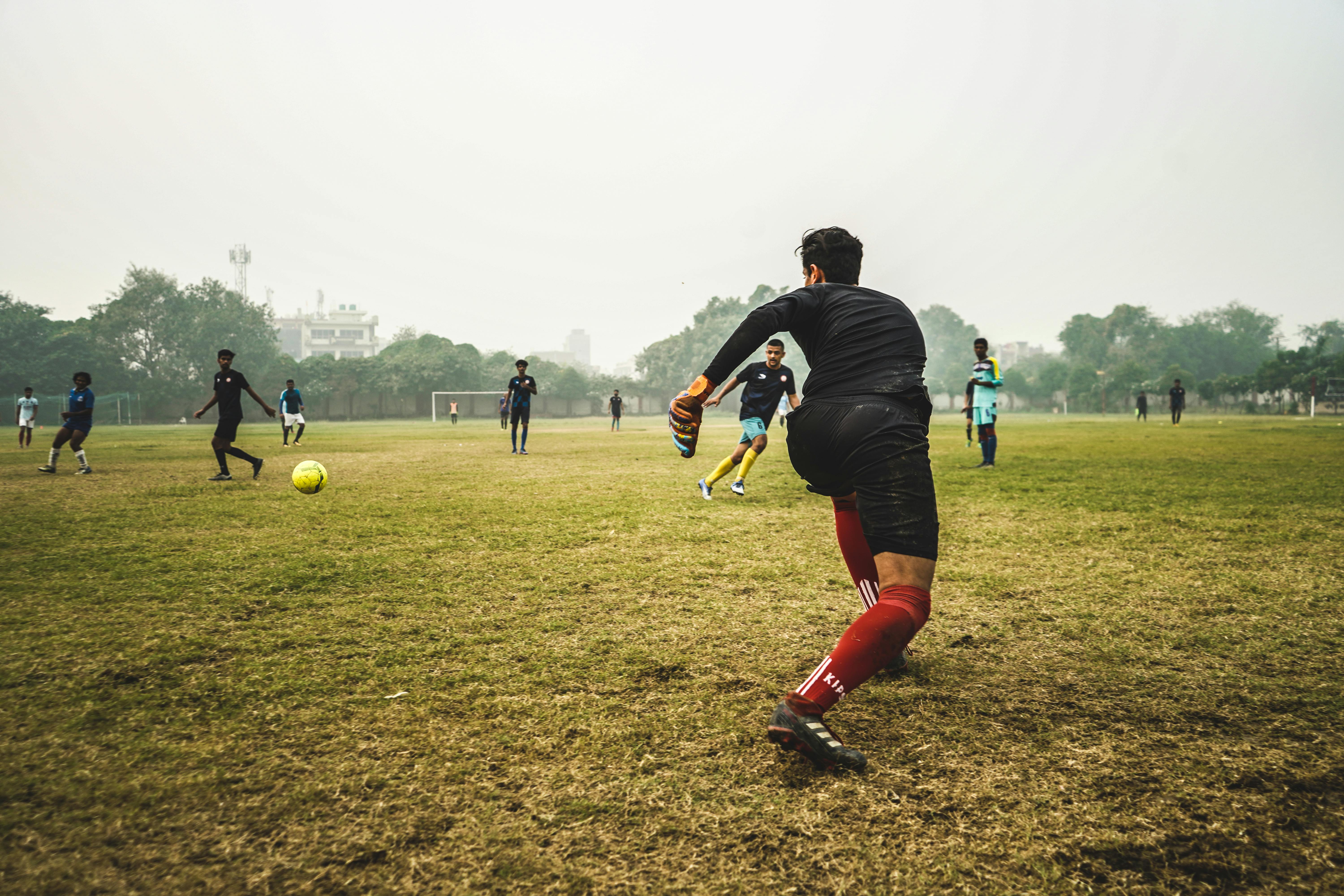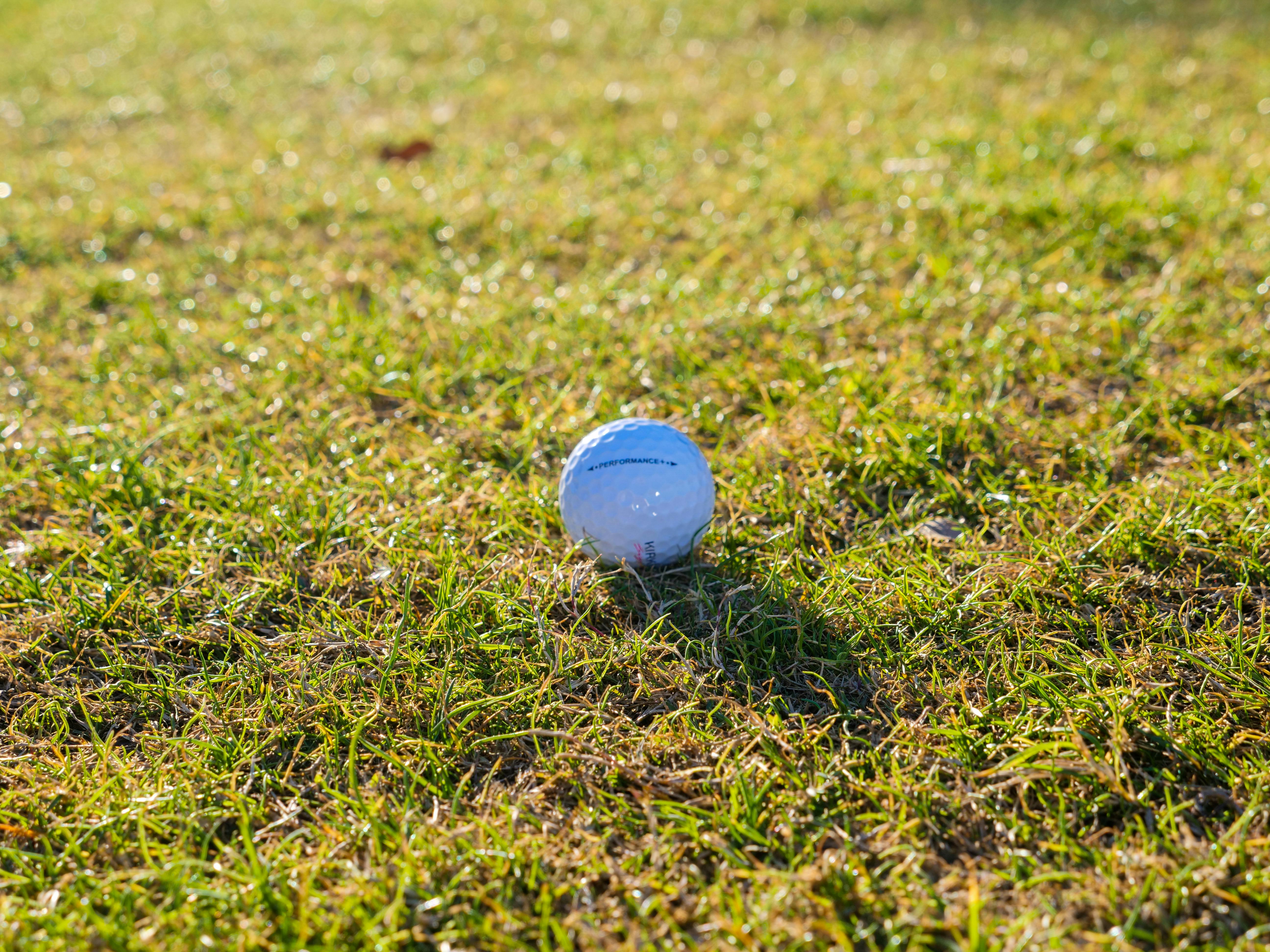You have seen them in the water, and perhaps also in the snow; riders who run and soar into the air at will, able to travel in any direction and across any terrain while being pulled along by the force of a giant kite. Kite sports have rapidly evolved over the last ten years to become the newest and fastest growing “extreme” sport. So how does it all work? What are these riders doing to control massive kites, and how is it possible for a kiter to stand on the beach or walk while still flying a kite that moments before lifted him forty feet into the air? The secrets to kite control come down to the design of the control bar, which is held in the riders hands and used to precisely adjust the tension on the lines attached to the kite.
Modern motorized kites, like those used in kitesurfing today, are designed to be flown on a four-line deck, which means there are two lines attached to the front of the kite, one on each side of the center , and two lines attached to the back of the kite, one at each of the two wing tips. Simply put, with the proper amount of tension from all four lines, the kite will fly steadily and hold its course in the air, pulling by an amount based on the strength of the wind. By adjusting the tension on one or more of the lines, the rider can turn the kite to change its course, or alter the amount of wind the kite catches to create more or less power, or pull, from the kite. To control a kite with the potential to lift a person more than 40 feet in the air or propel them at more than 50 miles per hour through water or land (the current speed record on water is 54 knots (or 62 mph), a kiteboarder should be making a combination of these two types of adjustments at all times.
The two rear lines of the kite are attached to the outer ends of the kite’s control bar. By pulling one side of the bar toward the rider’s body and tilting the other side of the bar toward the kite, the rider can increase tension on one side of the kite. This causes the kite to rotate, or twist, around the tip of the wing being pulled, changing the direction the kite is traveling. The rider will pull on one side or the other of the bar to adjust the direction of the kite’s flight to avoid crashing, or to change direction, or to direct the kite up for jumping.
The two front lines of the kite meet before they reach the bar and join a single center line called the guard line, which runs through the center of the control bar and ends in a plastic loop that is attached to a harness. special that is worn around the riders waist. With the loop attached to the harness, the control rod can be slid up and down the sheet line, which has no effect on the tension of the front lines, but loosens or tightens both outside lines simultaneously. By pulling the bar down the sheet line and closer to their body, the rider increases the tension on the back lines and thus the back of the kite, causing the kite to hold the wind with more efficient and pull harder, or feel more “powerful”. “. As the rider slides the bar up the guard line and away from their body, the rear lines loosen, reducing stress on the rear of the kite and allowing it to more easily shed wind and “depower “, or create fewer jerks.
This simple system, combined with improvements in modern kite design, has not only allowed professional kiteboarders to push the boundaries of the sport, but has also made the sport more accessible to everyday athletes and enthusiasts alike. outdoors as well. Of course, even with an understanding of how the kit works, aspiring kiteboarders should definitely take a few lessons before attempting to fly the huge kites on their own.
Tips for Tuning a Four Line Kite Control Bar
- Make sure the two back lines (attached to the outer ends of the control bar) are the same length and the two front lines (attached to the guard line in the middle of the control bar) are also the same length. The front and back lines are usually, but not necessarily, the length as well.
- When flying an unfamiliar kite for the first time, attach the rear lines to the ends of the kite’s lead lines (also known as pigtails), to allow as much length in the rear lines as possible. When flying the kite with the control bar pulled all the way towards your body, if there is still slack in the rear lines and the kite does not catch the wind or respond to steering, then land the kite and tighten the rear lines by pinning them closer together. the kite on the main kite lines (pigtails).
- The rear lines can be tightened this way until there is a lot of tension on them with the bar pulled, and the kite feels very powerful and responsive to steering. However, the rear lines should not be so tight that when the bar slides up the guard line and away from the rider’s body, the rear lines are not slack and there is still tension on them, preventing the kite from shedding the wind and lose power. .
- Too much tension on the back lines can cause the kite to fall backwards out of the sky or “go quiet”. With the control bar pulled all the way, or almost all the way, for power, the kite should not “stop”. If so, the back lines should be lengthened by a few inches.




